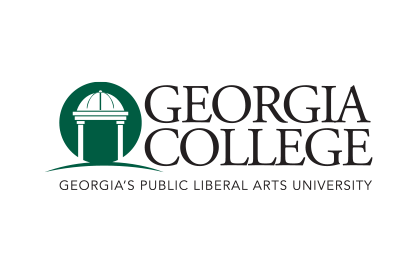Project Title
Representations of Animals in Prehistoric to Gothic Art: An Interactive Digital Timeline Project
Faculty Mentor(s) Name(s)
Elissa Auerbach
Abstract
This presentation explores a digital humanities project I completed for an art history survey course in the Fall of 2022. I conducted research on mythological and religious associations with animals represented in art from the prehistoric to the Gothic periods, which I transformed into an interactive digital timeline. In my research process, I discovered many works of art depicting animals, but not all of these depictions were vital for the overall meaning of the works. Because of this, I had to be deliberate in what I chose to include within my timeline. To verify its significance, research needed to be conducted about each work's civilization of origin. To create the timeline, I uploaded my research findings of text and images as data I organized in a Google Spreadsheet to the digital web-based tool, Timeline Knight JS. The application presented a learning curve but yielded satisfying results of an accurate and creative display of my selected artwork. Utilizing a digital format for this project was an opportunity to continue editing throughout the creation process; I could retroactively edit my information if new information was available, or remove unnecessary or false information. The digital format of this project provided me the opportunity to visualize the broad breadth and scope of my topic to reveal similarities and differences that would have been less apparent on paper. My findings demonstrate consistency in the representation of animals across ancient mythological and medieval Christian contexts. I posit that depictions of animals—like people—were part of religious syncretism in Christian art that was heavily influenced by earlier pagan imagery for the purpose of assimilation from one tradition to another.
Representations of Animals in Prehistoric to Gothic Art: An Interactive Digital Timeline Project
This presentation explores a digital humanities project I completed for an art history survey course in the Fall of 2022. I conducted research on mythological and religious associations with animals represented in art from the prehistoric to the Gothic periods, which I transformed into an interactive digital timeline. In my research process, I discovered many works of art depicting animals, but not all of these depictions were vital for the overall meaning of the works. Because of this, I had to be deliberate in what I chose to include within my timeline. To verify its significance, research needed to be conducted about each work's civilization of origin. To create the timeline, I uploaded my research findings of text and images as data I organized in a Google Spreadsheet to the digital web-based tool, Timeline Knight JS. The application presented a learning curve but yielded satisfying results of an accurate and creative display of my selected artwork. Utilizing a digital format for this project was an opportunity to continue editing throughout the creation process; I could retroactively edit my information if new information was available, or remove unnecessary or false information. The digital format of this project provided me the opportunity to visualize the broad breadth and scope of my topic to reveal similarities and differences that would have been less apparent on paper. My findings demonstrate consistency in the representation of animals across ancient mythological and medieval Christian contexts. I posit that depictions of animals—like people—were part of religious syncretism in Christian art that was heavily influenced by earlier pagan imagery for the purpose of assimilation from one tradition to another.

